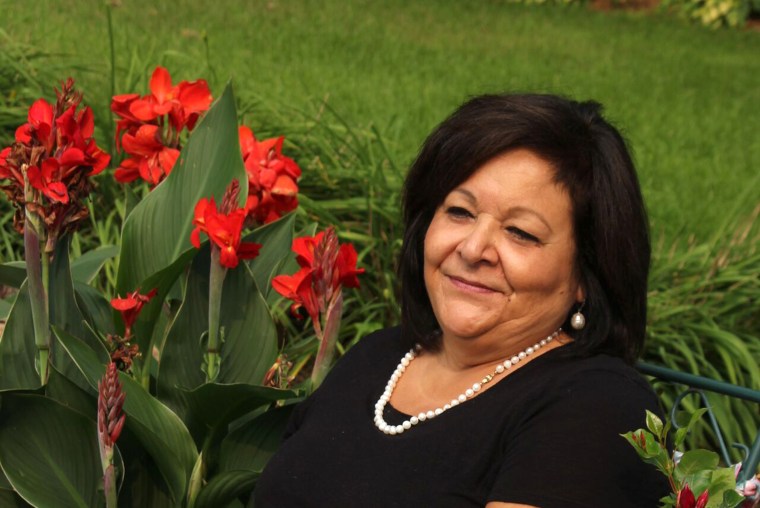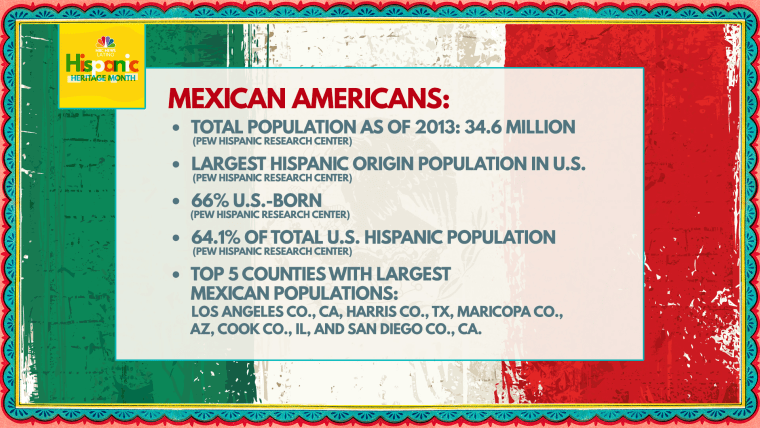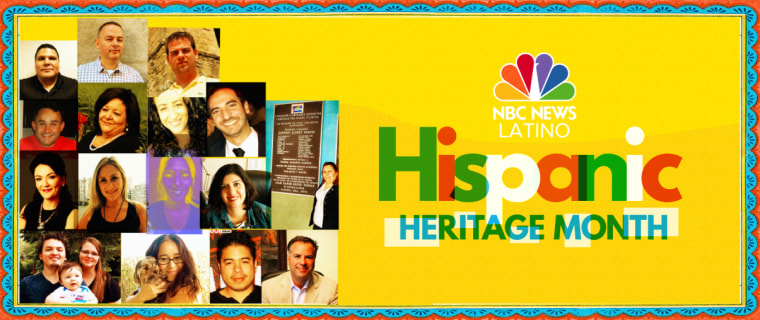This is part of our Hispanic Heritage Month series, "Our Latino Heritage" where we are profiling a U.S. Hispanic from each of our Spanish-speaking Latin American and Caribbean homelands.
Ana Pottratz came to the United States from her native Mexico as a well-to-do 20-year old with no plans to stay.
“I was a trained teacher in Monterrey and my goal was to be able to teach in a bilingual school, which paid more, so I came to the U.S. to live with an American family for one year to increase my English language skills,” Pottratz said.
She landed with a family in the Twin Cities of Minnesota where she took a job as a teacher’s aid. One fateful weekend, she ended up at a dance.

“At that dance I met my husband who was already living here in the small town of Melrose, Minnesota,” the community which Pottratz has called home ever since her husband convinced her to give up her dream of returning to Mexico to teach and settle down to start a family near her parents and siblings.
“I had no desire to get married at the time,” recalls Pottratz, “but one day he said ‘Would you marry me?’ and I said ‘Yes.’ I don’t know why, but I just knew he was the right person. He went down to Mexico with me and he asked for my hand in marriage and we ended up getting married in the church in Mexico with all the costumes and Mexican traditions and everything. We’re going to be married 37 years now.”
As a Minnesotan, Pottratz is in quite a different place than the bulk of Mexicans and Mexican-Americans who tend to live in California, Texas, Arizona, Illinois, Colorado, Washington, and Florida.
“When I arrived here it was a town with a very strong German background. I was practically the only foreigner,” she said noting that there was one other Mexican family that she knew of, but didn’t have contact with.

“It was very difficult in the beginning. I was a very Latin woman you know – you dress up wherever you go, your makeup is on, you look nice,” Pottratz recalled. “I had a woman in the supermarket stop me once and she told me ‘Stop doing that, that’s not how people in America dress. So, the first couple of years were very tough for me. It wasn’t until I had my kids, and they had social groups, that I gradually gained a circle of American women friends.”
It wasn’t too long after her kids were in grade school that Pottratz was asked by the school superintendent to become a Spanish teacher for the increasing number of students looking to learn a second language.
Then Melrose experienced an unprecedented influx of immigrants from Mexico and Central and South America, arriving to work in the nearby meat processing factories.
“It probably started 15 years ago,” Pottratz said. “What was a town with a population of 1,200 is now about 3,000, mostly from Hispanics. For a long time besides teaching I was the translator – I got called to a hospital at the middle of the night to translate. One time it was for a woman whose baby eventually became one of my students. He’s now graduating and going to college so that’s pretty impressive.”
But the community experienced some growing pains.
“Wow, have I seen change!” Pottratz said. “At the very beginning when the first Hispanics came here, it was very positive. People would say ‘Oh they’re so cute,’ it was a novelty – even I was always the novelty. But though I can honestly say that the people of this town are welcoming and it’s a beautiful town to raise kids and everyone has always been gracious to me, let me give you an example: My three children were born and raised here in Melrose but they don’t see them as from here because my husband and I were not born here.”
“I don’t think the culture in Mexico would have allowed me to have what I have here,” Pottratz said. “I have my career, my second child is gay, my youngest son's girlfriend is African American Muslim… my family is like ‘Modern Family,’ but better.”
Today some of the anxiety about “Mexicans” coming here to “take our jobs” has ebbed and there are similar concerns about an increasing presence of Somali immigrants, but Pottraz says that she’s seen positive changes as well.
“This is my first senior class where I’ve seen a real integration between the Hispanic and the white students. Both have had to work at it, but they’ve grown up together so that’s why,” Pottratz said. “Melrose is a completely different town now. Wherever you go in this town there are equal number of Hispanics working in all sorts of jobs, not just at the factories. There’s still long way to go, but, it’s getting better.”
RELATED: Our Countries, Our Heritage: Miami Honduran Gives Back to Her Community
Today the Pottratz family home is fully bi-cultural, but even though Pottratz is now a U.S. Citizen, like many other Mexicans, she is a “Mexicana – siempre, siempre.”
“If you listen to me, my accent has never gone completely away,” Pottratz said in nearly flawless English. “I just love the Mexican in me, that part of me is just so important. But though I don’t solely identify as an American – and that is not an insult to the U.S. because I’m so happy here – I know I have had more freedom to open my mind to other things here."
“I don’t think the culture in Mexico would have allowed me to have what I have here,” Pottratz said. “I have my career, my second child is gay, my youngest son's girlfriend is African American Muslim… my family is like ‘Modern Family,’ but better.”
Esther J. Cepeda is a Chicago-based nationally syndicated columnist and an NBC News Latino contributor. Follow her on Twitter, @estherjcepeda.
